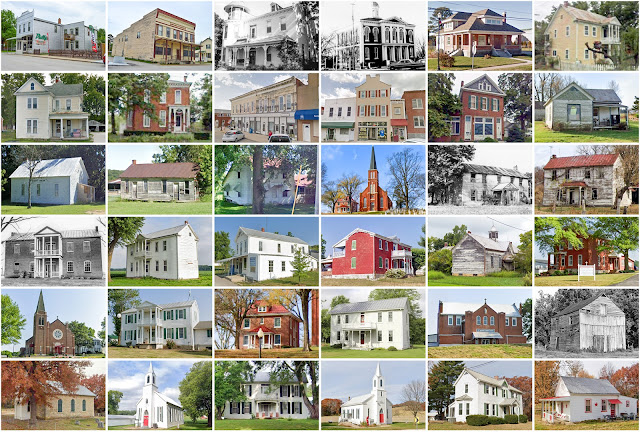Clark County, Missouri

Founding: 1836 Parent county: Unorganized territory Namesake: William Clark, American explorer Seat: Waterloo (1837–1847, 1855–1872); Alexandria (1847–1855); Kahoka (1872–) Land area: 505 square miles Population (2020): 6,634 Population (historic): 2,846 (1840); 11,684 (1860); 15,031 (1880); 15,383 (1900); 10,254 (1930) Periods of population growth: pre-1840–1900; 1970s Subdivisions: Four cities; two villages; one CDP; 13 townships National Register listings: Five Pre-1940 residences (estimated): 699 (20%) Pre-1940 housing survival rate: 29.5% Pre-1860 housing survival rate (1940): 6.2% Farm housing in disrepair (1950): 12.4% Nonfarm housing in disrepair (1950): 11.9% Average farmhouse value (1930): $1,172 Average outbuilding value (1930): $881 Average farmhouse size (1940): 5.5 rooms Number of farms (1920): 1,908 Average farm size (1920): 113.5 acres Sources of settlement: Ohio, Iowa, Illinois, Kentucky, Indiana, and Pennsylvania _____










